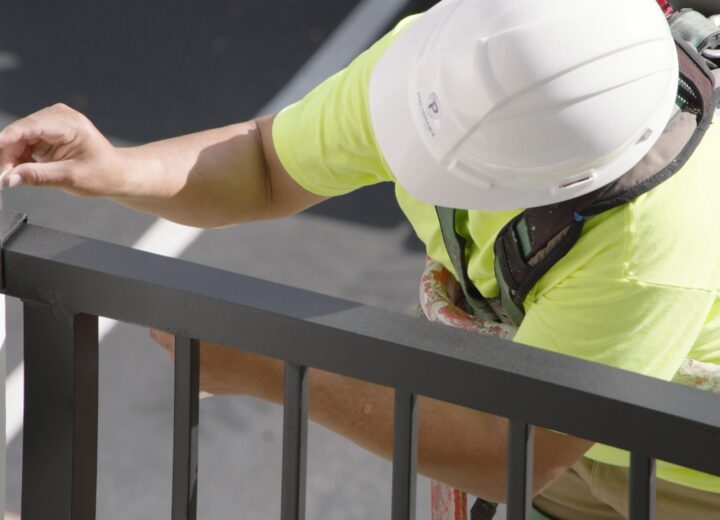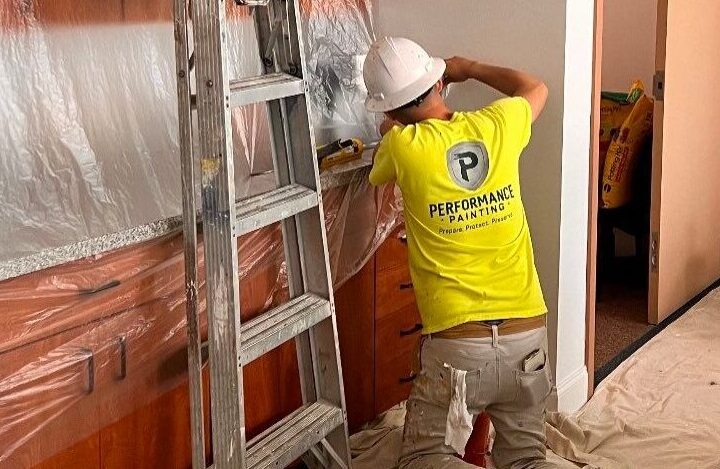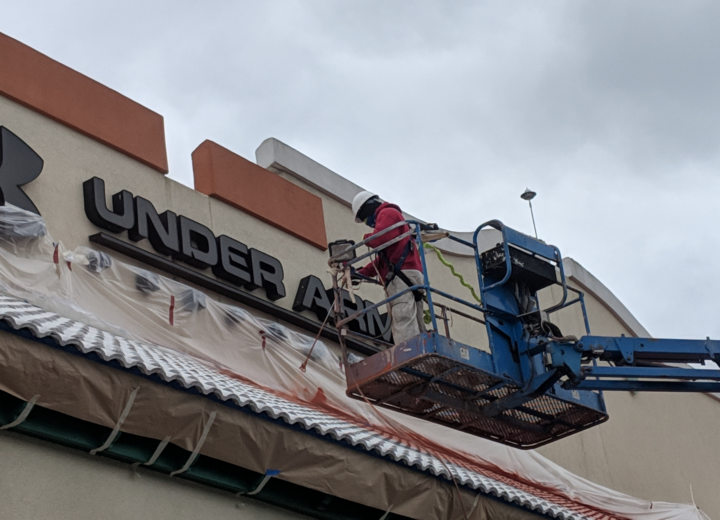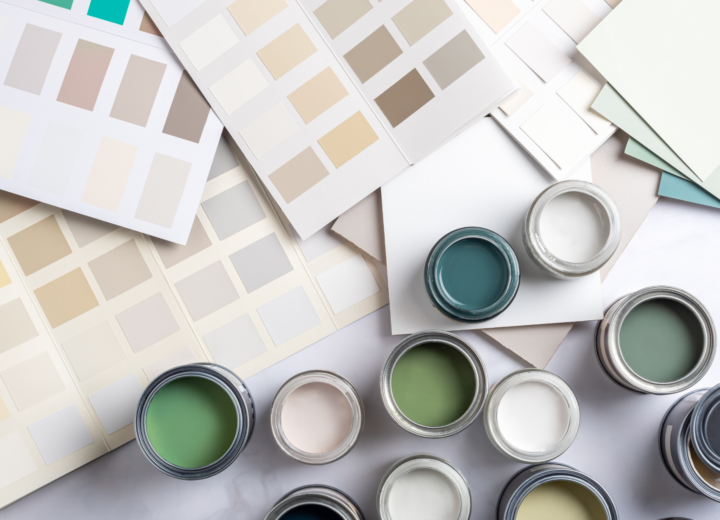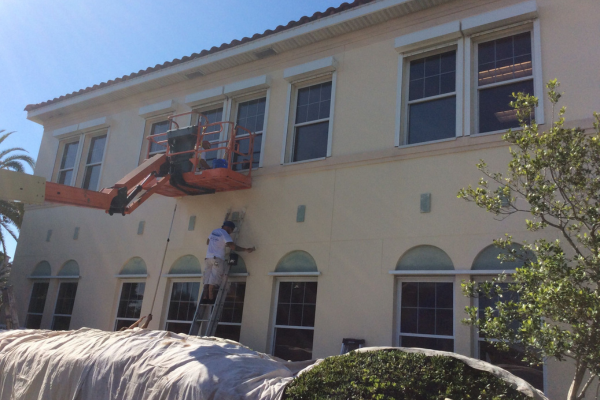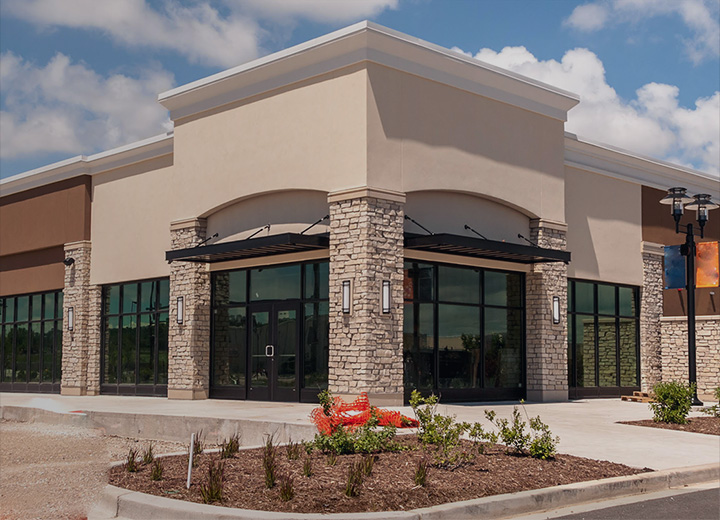
Anodizing metal surfaces within the industrial painting profession is a process that is used more often than many think, and it can be a great asset to many companies being that it is so durable.
Anodizing
You might ask what is the process of anodizing metal? According to Corrosionpedia it “is the electrochemical process that transforms metal surfaces into a durable, decorative, anodic oxide finish with excellent anti-corrosion properties.”
To complete the process of anodizing, it goes through many steps. The metal surfaces are dipped into different vats with different mixtures until they reach the desired results. The process includes: cleaning, pretreatment, anodizing, coloring (if desired), and lastly sealing. Each step is necessary for the process to work.
The oxide process creates pores on the surface of the metal. Once the pores are there, they resemble a honeycomb shape and allow the product to either enhance its natural look or to soak up the dye that might be chosen and then sealed.
Unlike electroplating where the metal is coated with another metal on top of it, anodizing makes the metal act like a sponge and soaks up the dye if required. Of course, making sure that the metal is well prepared and cleaned before dipping can make the difference between having a great looking surface versus having one with flaws.
Some of the nice things about anodizing is its ability to protect the metal’s natural sheen, keep the attractiveness of it, and enhancing the metal’s overall feel.
There are different levels of anodizing thickness, and these levels depend on what the metal’s use will ultimately be. The three depths are Chromic Acid (Type I), Sulfuric Acid (Type II) and Hardcoat (Type III). Of course, type one is the thinnest and type three is the thickest.
Industrial Benefits of Anodizing
Some of the benefits of industrial anodizing are:
Abrasion Resistant
With the extensive process that anodizing metals go through, it creates a powerful bond against abrasions.
Visually Pleasing
Since you can have it either in its natural form or have a tint added, it can stand out in any area that you choose to place it, whether it is a wall or for a part of machinery.
Cost
The initial price can be higher than alternatives because the process has to be done off-site, but once it is installed the cost is minimal.
Can be Colored
As stated before, with this form of surfacing you can choose a tint to be added during the anodizing process. There are many different colors to choose from – anything from dark to light colors. Unlike painting or coating, when there is a color added to the metal, it will not chip or peel.
Corrosion Resistant
Depending on the metal and the depth that is needed, it can be corrosion resistant, which can be extremely important in industrial areas.
Easy Upkeep
It is relatively easy to maintain the surface of anodizing metals. Most times just a mild detergent can be used to clean the surface area. Of course, the environment that the anodizing metal is used in can also determine just how often and easy it is to maintain.
Electrical Insulation
With the layer that is formed by the oxide, as well as the other steps that it has to go through, it acts as an insulator.
Environmentally Friendly
The metal that can be used for this purpose can be from recycled materials. Anodizing metal can be resurfaced if or when needed.
Erosion Resistant
Because it is erosion resistant, it’s use within the industrial setting is perfect. Many times there are elements that can bring a painted or coated surface to break down much quicker than an anodized surface.
Fade Resistant
Since the color is embedded into the anodized metal itself, it is extremely fade resistant. This helps save on re-coating and upkeep.
Graffiti Resistant
Since the surface is smooth and firm, it helps to protect it from having to repaint or re-coat when graffiti is used.
Long Lifespan
The life expectancy does depend on the thickness that is used, so the thicker, the better and longer the lifespan. In general, the lifespan can range from twenty to thirty years.
Natural Beauty
The look of a metal that has a beautiful, clean sheen is always appealing, especially in an industrial area.
Prime Base
Anodizing metal can also be used as a base to apply paint to for specific needs.
Various Sizes
There is a wide range of sizes of metal that can be anodized, which can be great for different areas as well as different needs.
Industrial Uses
There are many different uses for anodizing metal surfaces that can include anything from machine parts to being used on the International Space Station.
Industrial uses it can include:
- Precision Mechanisms
- Aerospace Instruments
- Aircraft Instruments
- Fused Assembly Mechanisms
- Fused Mechanisms
- Hydraulic Valve Forms
- Mechanical Hardware
If you are looking to incorporate any anodizing metal surfaces into your industrial business, contact a knowledgeable industrial painting company that will be able to give you the right information.

